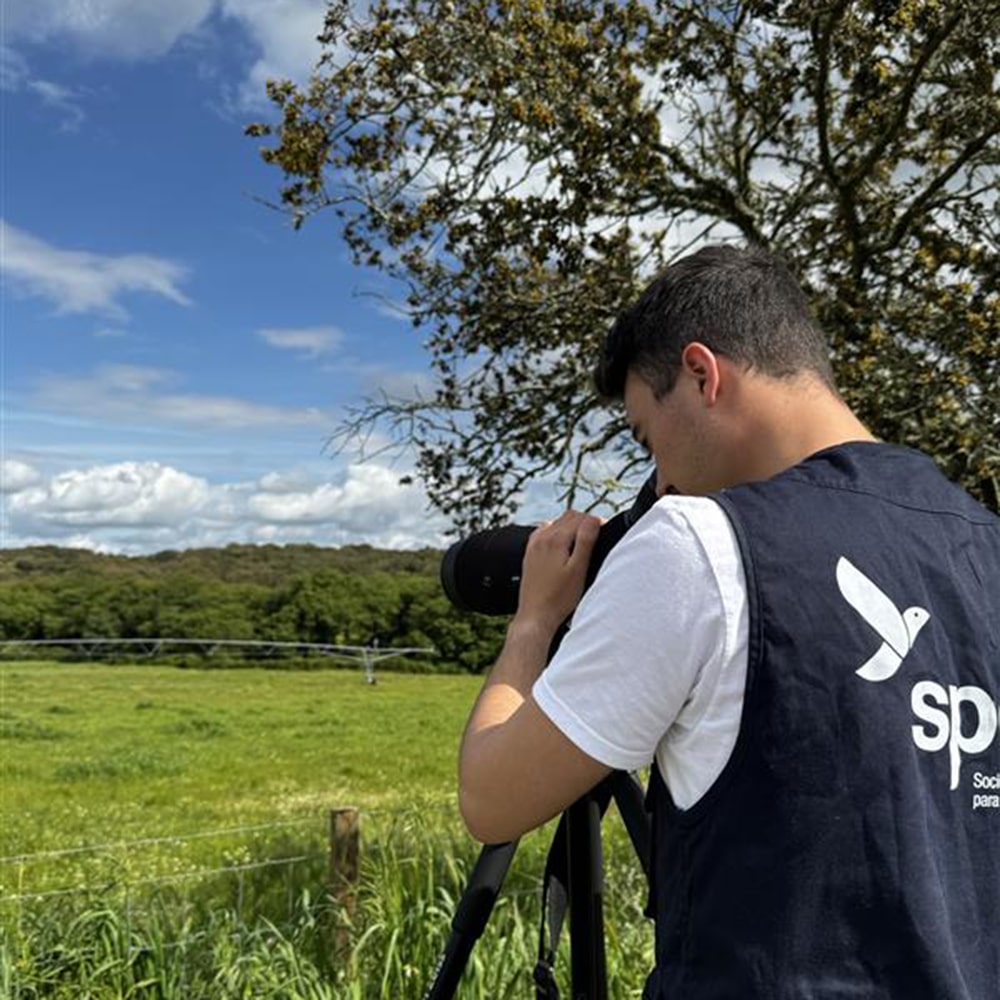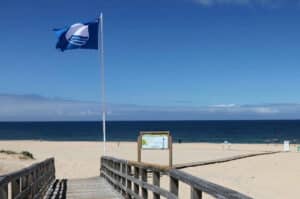Project is “already exceeding expectations”
A bold new plan to protect Portugal’s birds is taking off faster than expected. Just five months after it launched, the National Network of Bird Sanctuaries has already picked out dozens of spots across the country to give the country’s bird population several safe havens.
The project, led by the Portuguese Society for the Study of Birds (SPEA) and launched in November 2024, was only supposed to create 5 to 10 sanctuaries in its first year. However, the response from the public has been overwhelming, with SPEA receiving over 90 applications from landowners wanting to join the cause.
After carefully reviewing the offers, 76 properties were chosen for their potential to become bird-friendly spaces. Of these, 46 sanctuaries have already secured funding and started work on the ground, thanks to generous donations, SPEA says in a statement to the press. The other 30 are ready to go—but still waiting for financial support.
“It is very encouraging to see this interest in the National Network of Bird Sanctuaries, which has largely exceeded our expectations. This excites us very much, but also brings more responsibility,” says SPEA’s executive director, Rui Borralho.
Right now, SPEA experts are out in the field, counting birds both during the day and at night to get a clear picture of what’s living in each sanctuary. Explains the bird society, these first surveys will help create tailored management plans for every location. In the fall, more counts will check in on migratory birds, and in 2026 they’ll return again to measure progress.
With this project, SPEA hopes to build a network of privately managed sites where birds can safely feed, rest, and breed. It comes at a time when bird numbers in Portugal – and across Europe – are dropping fast. The barn swallow, for example, has seen a 40% decline in just 20 years, while other species such as the cuckoo, little owl, kestrel, and even the sparrow have also seen “significant decline.”
“Without urgent changes, Portugal could see species essential to its ecological balance disappear,” the bird society warns.
“We have seen bird populations shrink for too many years,” laments Rui Borralho, stating that instruments such as the European Union’s Common Agricultural Policy (CAP) are not being successful in their attempts to protect biodiversity and small farmers.
While he realises that the bird sanctuary network will not achieve what environmental policies should, Borralho says it is a way of “acting together to stop this decline” and show that the “Portuguese care about nature and want to protect it.”
Here’s a look at how many sanctuaries have already been approved by SPEA and secured funding across Portugal:
- Setúbal – 7
- Beja and Évora – 5 each
- Santarém and Castelo Branco – 4 each
- Aveiro, Faro and Azores– 3
- Braga, Guarda, Lisboa, Viseu – 2 each
- Leiria, Portalegre, Porto, Viana do Castelo – 1 each


























